|
|
ADDRESS AT THE SECOND CONVOCATION OF THE FAKIR MOHAN UNIVERSITY AT BALASORE, ORISSA
27-12-2005 : Balasore
Capacity Building in University Education
I am delighted to participate in the 2nd Convocation of Fakir Mohan University. My greetings to the Vice-Chancellor, faculty members, staff, students and other participants. I am happy that the name of the University has been derived from Fakir Mohan Senapathy, who was the first nationalist leader of Orissa and is considered to be the father of Oriya literature. I recall his inspiring call in the poem Utkal Bhraman ?when there is the bustle of progress everywhere, will Utkal be still in slumber?? Youth will so decide that we will make Orissa an economically developed State. This will be Orissa?s homage to the great thinker Fakir Mohan. He is definitely a great role model for the faculty and students of this University. I take this opportunity to congratulate all the teachers, students and staff of this University and all those who are contributing in building this University into a centre of excellence during the last six years. I am happy to know that this University has been established by an act of legislature for meeting the higher educational needs of Balasore and Bhadrak Districts of Orissa. When I am with you I am reminded of a major event which has made a lasting impact on Indian history regarding the birth of Ahimsa Dharma.
Strength and peace
When I go back to 2500 years in history, I see in front of me the Emperor Ashoka conquering all parts of India and walking with great pride. When he came to Kalinga region, the great Kalinga war took place, which is now in the present state of Orissa. With his mighty army, Emperor Ashoka fought and fought and the Kalinga kings were defeated. Emperor Ashoka happily proclaimed and annexed the Kalinga country. In that great full moon night, with the success behind him, Emperor Ashoka walked in the war ravaged battlefield. He stopped suddenly and saw the blood flowing over hundred thousand people who were killed, and many souls crying and moaning. That crying was engulfed with gloom. Suddenly Emperor Ashoka stopped and asked himself, ?O! Almighty, what have I done?? This spark of thought entered into the mind and soul of Emperor Ashoka and the great principle of Ahimsa Dharma was born in this land of Orissa.
This Ahimsa Dharma was used by Mahatma Gandhiji in South Africa. The people of South Africa remember the courageous action of Mahatma Gandhi and they are grateful nationally. Apartheid in South Africa at that time were indeed an experience for Mahatma Gandhi and he proved first against apartheid in South Africa. The same principle Mahatma Gandhiji used for liberating India from foreign rule. The youth of our country will get inspired, how our nation was enriched with new philosophy of peace by two great souls: Emperor Asokha and Mahatma Gandhi.
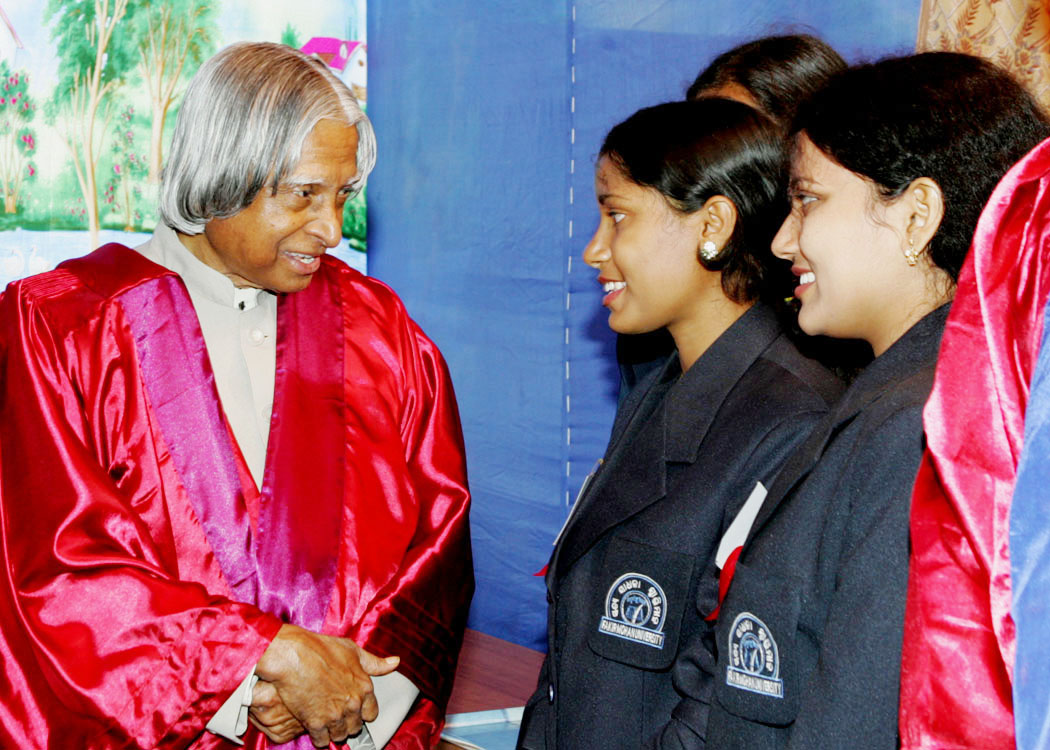

Multiple dimensions of success
The Balasore region is very close to me and Chandipur was my theatre of action for nearly two decades, when I was in DRDO. I used to spend 50% of my time in the Chandipur and Wheeler Island. From here only, one of the powerful missiles of India AGNI class of missiles have been flight tested and made operational. I am sharing with you this experience which highlights how a vision can be transformed into missions and then it becomes a reality. Success has many dimensions and problems indeed is a partner to the success. Since I am amidst of young people, I thought of sharing some experiences.
Birth of a missile test range at "Chandipur at Sea" is indeed a huge programme for the country. The Interim Test Range and Island missile test centre, now called Integrated Test Range were established in record time of 3 years. It was indeed a great excitement for the technologists and the staff of DRDO when the first AGNI launched successfully during May 1989 in the midst of cyclone threat. Later, establishment of Island Test range in the Wheeler Island followed. The combination of these launch complexes is indeed a world class missile test range. Orissa is fortunate to have this hi-tech complex. Particularly, the students and teachers can become research partners in some of the problems such as meteorology, cyclone prediction, forest environmental development and synthesizing the data from radar, kinetheodolite and telemetry system. Students and Faculty of Fakir Mohan University should have a good link with integrated test range at Chandipur. Let me explain another experience in the island test range.
Considerable amount of tumultuous activities were taking place in the Chandipur range for launching multiple types of missile systems. The most important event which happened in the range was the launch of Agni-II on 11th April, 1999. Six hundred parameters from the missile were monitored in real time through a series of radars, telemetry stations and ship borne instrumentation networked with our own communication satellites. The AGNI with its payload reached the pre-determined target at 2000 kms. The partnership of many labs with academic institutions and industries brought this important success and it is another triumph for self reliance, amidst several technology denials by developed countries.
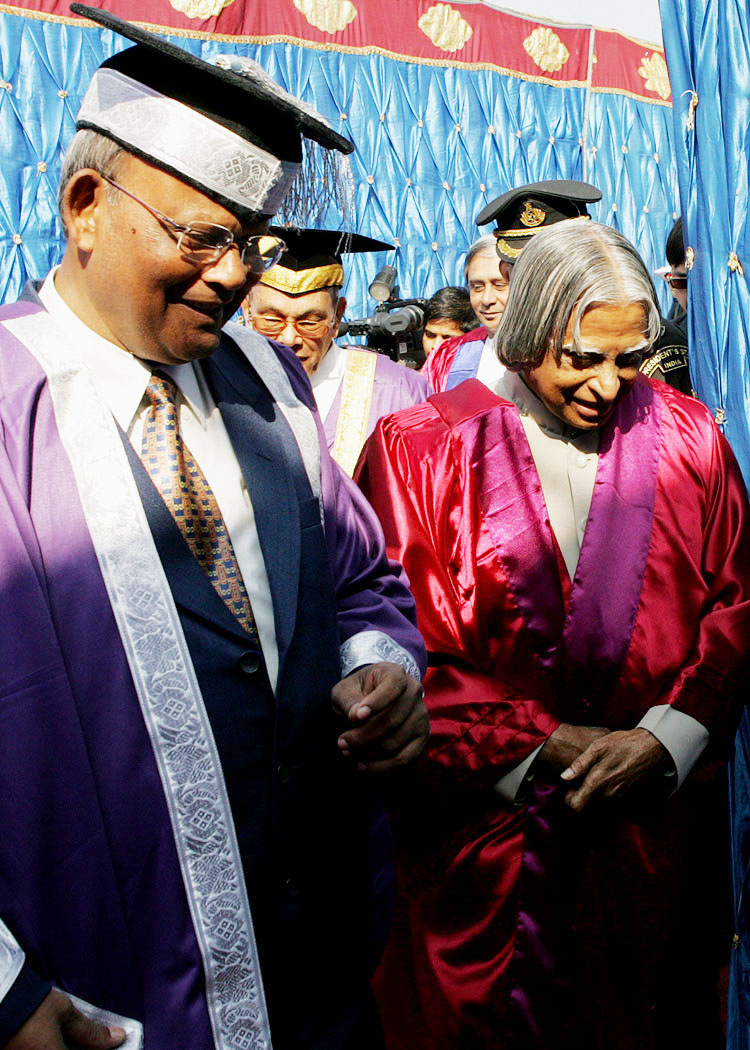

Environmental Upgradation
While establishing the Missile Test Range, DRDO mounted a large programme of planting trees in the whole range area at Balasore, Chandipur, Dhamra, Wheeler Island and road connecting between Chandipur and Dhamra. We had planted over five lakh trees as a part of the afforestation programme. At Chandipur we created an artificial lake called NISARG in a three to four acres of land. Nearly, 10,000 birds of different varieties used to come to this lake every year. Some of the popular birds are Purple Herons, Shoolers, Pintale Ducks and Russian Cormont. To provide good environment to the birds we used to pump water in the lake during summer. In addition, we were also providing a good environment for Olive Ridley turtles at Gahim Matthan in collaboration with the forest department and coast guard. Whenever major facilities are established environmental upgradation has become a part of our programme. Similarly, when RCI (Research Centre, Imarat) was established at Hyderabad, three lakh trees were planted even before the facility became functional. These trees are providing a beautiful green cover for the whole area. In a way, the successful launch of AGNI resulted in getting the sanction for providing dense forest cover in RCI, Hyderabad and Chandipur at Sea. Now, I would like to discuss on the capacity building in the university education.
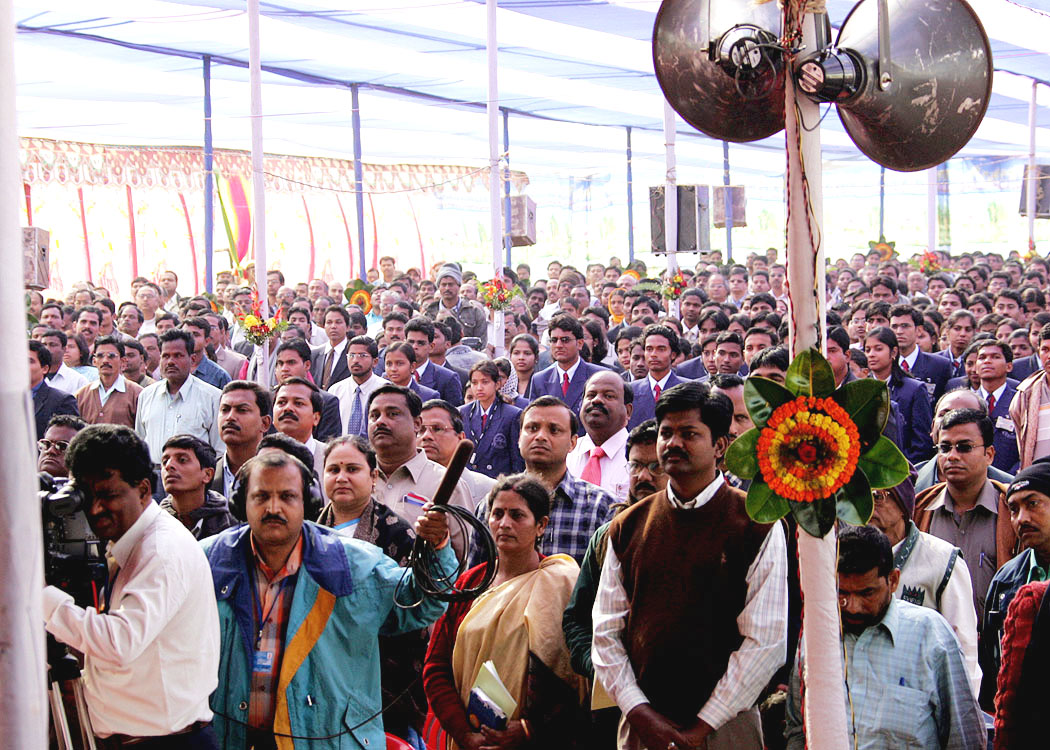

Capacity Building
A good educational model is the need of the hour to ensure that the students grow to contribute towards the economic growth of a nation. Can we sow the seeds of capacity building among the students? There will be continuous innovation during the learning process. To realize this, special capacities are required to be built in education system for nurturing the students. The capacities which are required to be built are research and enquiry, creativity and innovation, use of high technology, entrepreneurial and moral leadership.
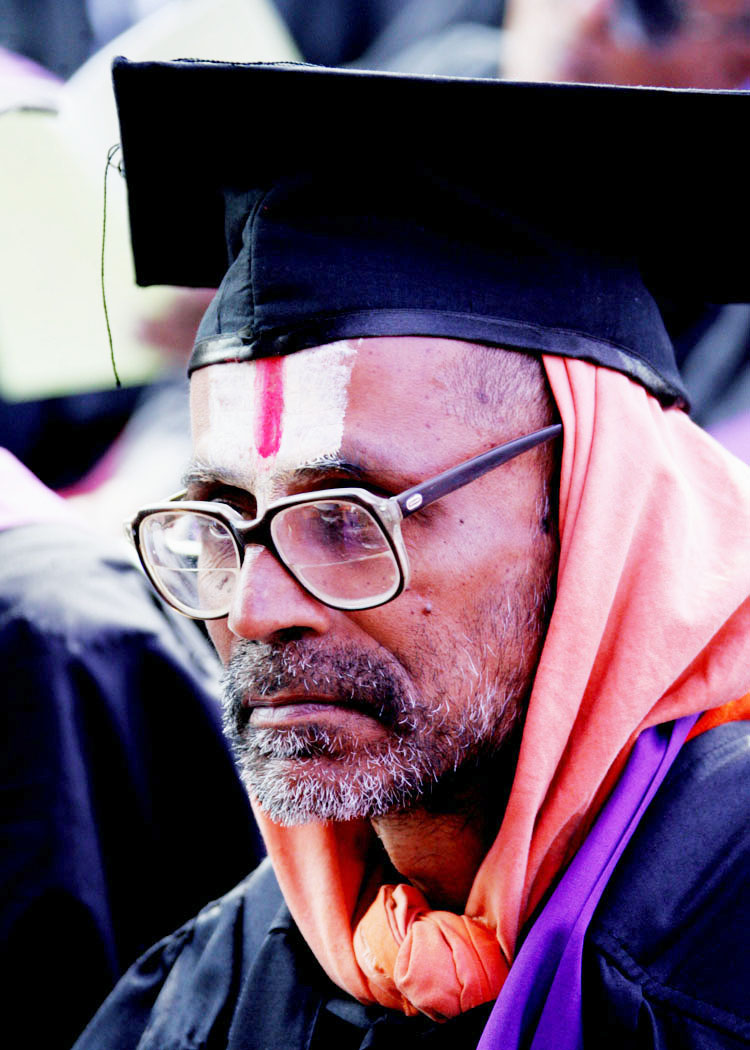
Research and enquiry: The 21st century is about the management of all the knowledge and information we have generated and the value addition we bring to it. We must give our students the skills with which they find a way through the sea of knowledge that we have created and continue with life long learning. Today, we have the ability, through technology, to really and truly teach ourselves to become the life-long learners. This is required for sustained economic development.
Creativity and innovation: The management of knowledge in the 21st century is beyond the capacity of a single individual. The amount of information that we have around is overwhelming. The management of knowledge therefore must move out of the realm of the individual and shift into the realm of the networked groups. The students must learn how to manage knowledge collectively. When the information is networked the power and utility of the information grows as square as stated by Metcalfe's law. Information that is static does not grow. In the new digital economy information that is circulated creates innovation and contributes to national wealth.
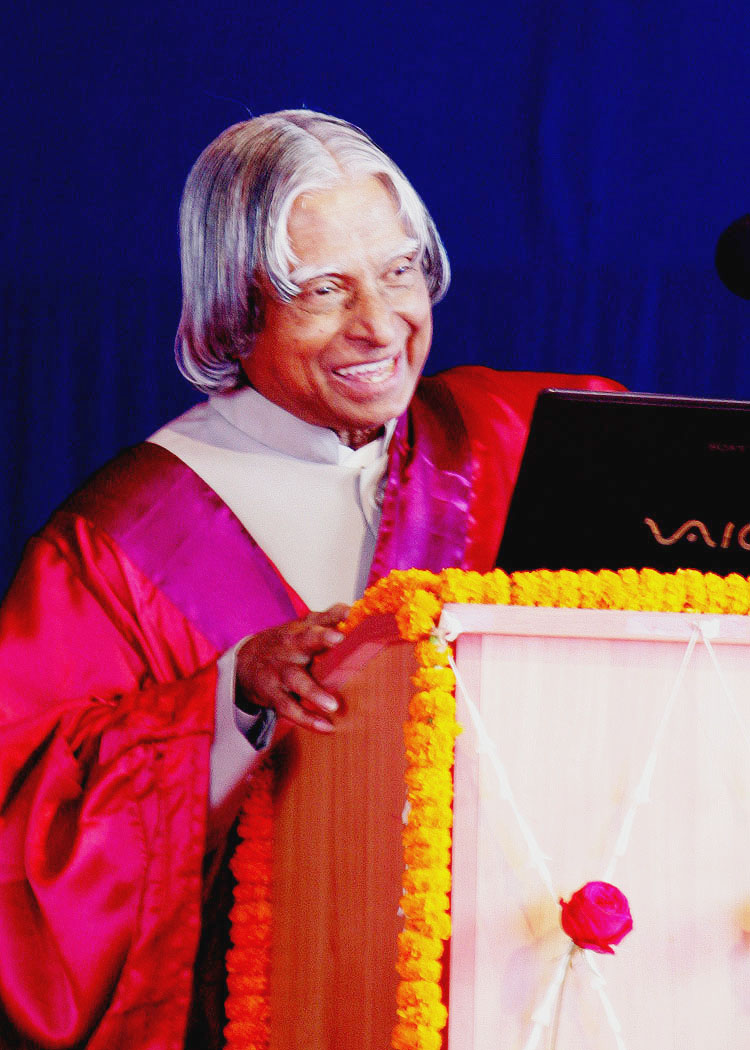
Capacity to use high technology: Every student in our colleges should learn to know how to use the latest technologies for aiding their learning process. Universities should equip themselves with adequate computing equipment, laboratory equipments, and Internet facilities and provide an environment for the students to enhance their learning ability. In the midst of all of the technological innovations and revolutions we cannot think that the role of the teachers will be diminished. In fact the teacher will become even more important and the whole world of education will become teacher assisted and would help in ?tele-porting? the best teacher to every nook and corner of the country and propagate the knowledge.
Entrepreneurship: The aptitude for entrepreneurship should be cultivated right from the beginning and in the university environment. We must teach our students to take calculated risks for the sake of larger gain, but within the ethos of good business. They should also cultivate a disposition to do things right. This capacity will enable them to take up challenging tasks later.
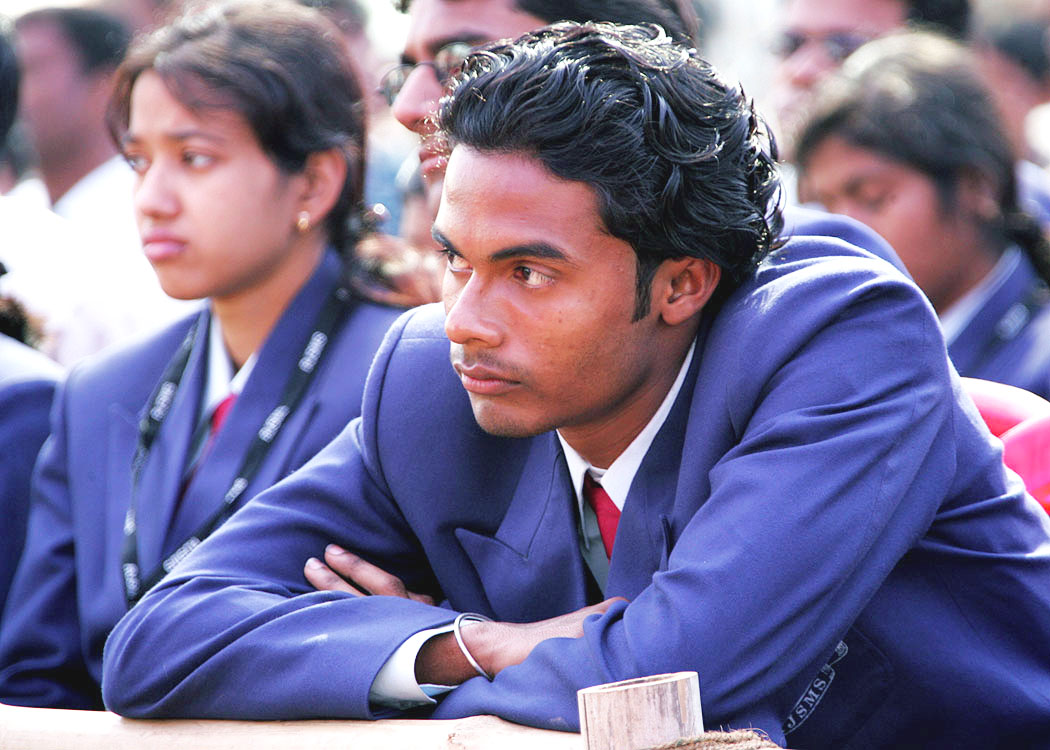
Moral leadership: Moral leadership involves two aspects. First it requires the ability to have compelling and powerful dreams or visions of human betterment. Moral leadership requires a disposition to do the right thing and influence others also to do right things.
In sum, inquiry, creativity, technology, entrepreneurial and moral leadership are the five capacities required to be built through the education process. If we develop in all our students these five capacities, we will produce ?Autonomous Learner? a self-directed, self controlled, lifelong learner who will have the capacity to both, respect authority and at the same time is capable of questioning authority, in an appropriate manner. These are the leaders who would work together as a "Self-organizing Network" and transform any State as a prosperous State. The most important part of the education is to imbibe the confidence among the students is the spirit of "we can do it". These capacities will enable the students to meet the challenges of our national mission of transforming the nation into a developed country by 2020.
Any University is judged by the level and extent of the research work it accomplishes. This sets in a regenerative cycle of excellence. Experience of research leads to quality teaching and quality teaching imparted to the young in turn enriches the research. Research brings transformation and development and also enhances the quality of education. One of the areas where the University can focus in Balasore district is the development of PURA (Providing Urban Amenities in Rural Areas) which involves creation of a cluster of villages and providing physical, electronic and knowledge connectivity to the entire cluster which will provide economic connectivity for a typical population of about 30,000 people. Let me illustrate through an example.
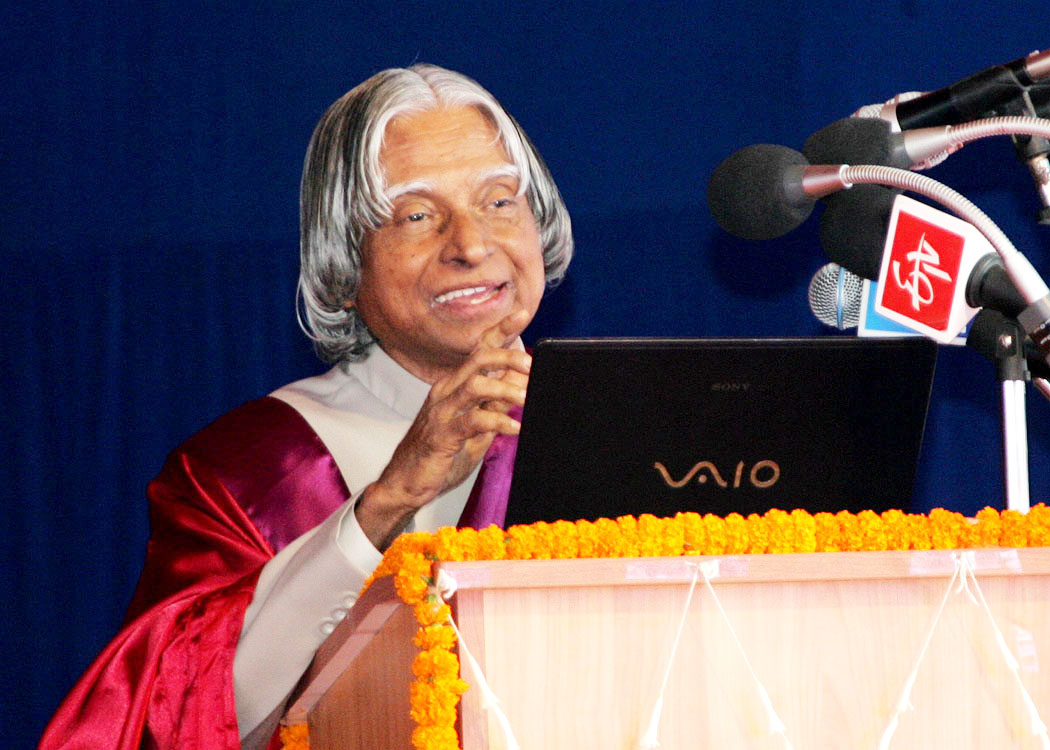

Periyar PURA
I had visited Periyar Maniammai College of Technology for Women, Thanjavur in Tamil Nadu and inaugurated a PURA Complex. I thought of sharing with you the developmental concept of a cluster of over 65 villages near Vallam, Thanjavur district of Tamilnadu which involves a population of 3 lakhs. This PURA complex has all the three connectivities - physical, electronic and knowledge - leading to economic connectivity. The centre of activity emanates from the women?s engineering college that provides the electronic and knowledge connectivity. I understand that now five of the Periyar PURA villages have been connected with Wi-MAX connectivity. Periyar PURA has health care centres, primary to post graduate level education and vocational training centres. This has resulted in large scale employment generation and creation of a number of entrepreneurs with the active support of 850 self-help groups. Two hundred acres of waste land has been developed into cultivable land with innovative water management schemes such as contour ponds and water sheds for storing and irrigating the fields. All the villagers are busy in cultivation planting Jatropha, herbal and medicinal plants, power generation using bio-mass, food processing and above all running market centres. This model has emanated independent of any government initiative. The committed leadership has been provided by a Women?s Engineering College. Similarly, Fakir Mohan University can select and adopt a cluster of villages near Balasore on the sea coast and give a plan action for development to the Government or corporate houses. The University can become a partner in this rural development effort.
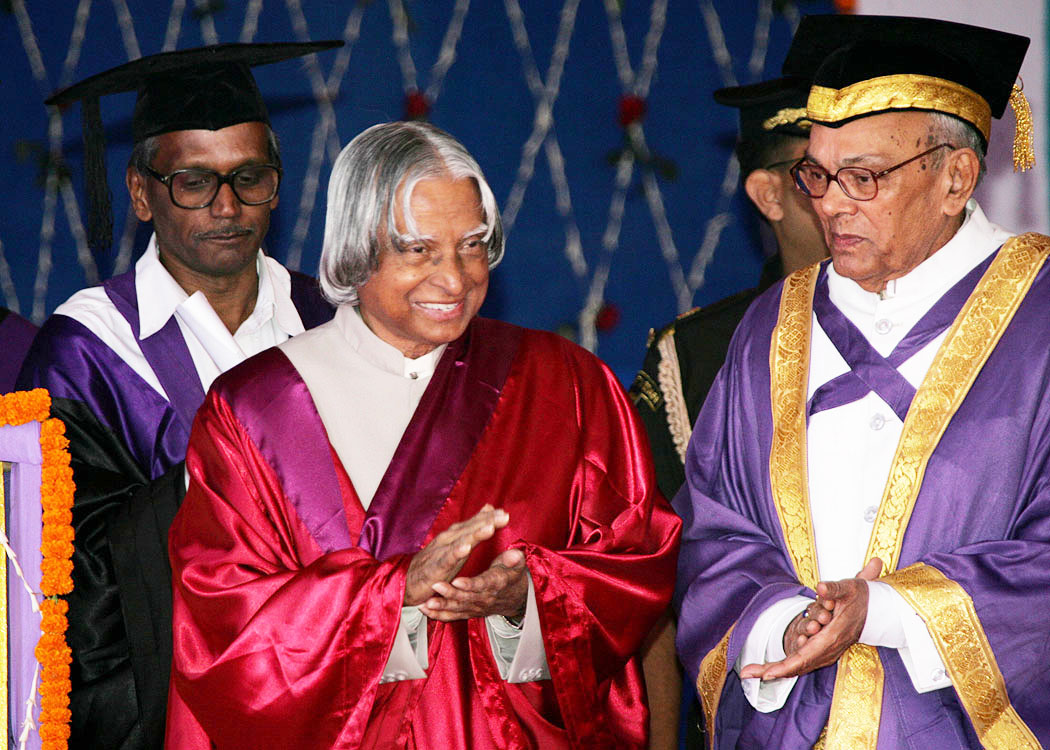

Coastal PURA
Dr. P.S. Rana, Chairman HUDCO has made a detailed study on the development of coastal PURA in different coastal regions. The salient features of the coastal PURA developed by him are as follows.
Physical Connectivity: Construction of jetties and small and medium sized boat landing centres on the coast in the interval of 10 to 15 km range. Each of these will have a good link road to the main coastal road. Some times road transportation may be complemented with waterways. Establishment of Community Sheds for repair of nets, storing the nets and related equipments of the fishing community and Boat building and repair small scale industries.
Electronic Connectivity: All the fishing villages on the coastal areas have to be linked with the District Headquarters through the Broadband fibre and wireless connectivities. Fishing community should be provided with broadcasting facilities through Satellite radios and HAMSAT network. Mobile cell phone with GPS facility may be provided for each boat for emergency communication. This will also provide the local fish school data, local meteorological and local sea state data through SMS from the Village knowledge Centres obtained from near by the Meteorological station, Disaster Management stations, District Headquarter station and the other service providers.
Knowledge Connectivity: Government should facilitate the training of fishing community in cost effective safe fishing techniques, application of technology for improving the productivity, storage and preservation systems and cost effective marketing, banking & financing systems through the District Headquarters Studio and the connected village knowledge centers. It will also provide adequate warning data for the fishing community on the sea to return to home safely.
Economic Connectivity: These three connectivities -physical, electronic and knowledge will lead and enable the local population to create economic centres such as Cold Storage infrastructure, Fish processing and packaging and marketing for realizing the value added price. This will also provide alternative employment oriented schemes during non-fishing days and for people who are involved in agriculture and other activities. Such economically oriented job creating activities should be the objective of our rural development schemes.
The University can invite Dr PS Rana, Chairman HUDCO, for further discussion and planning of the PURA complex.
For knowledge value addition, knowledge sharing and transmission of lectures by good teachers in real time and interaction with students, Fakir Mohan University has to do networking of institutions through tele-education using EDUSAT connectivity.

Networking
I would suggest that Fakir Mohan University can develop a portal which can become a common platform for providing connectivity to the University, affiliated colleges and other institutions. The website can document the case studies and special achievements of each one of the colleges which can benefit the other colleges of the University. You could also include provision for the students to ask questions about their specific problems connected with education, further studies, research and creation of an enterprise in different places in Orissa. This will lead to automatic generation of a database of problem solving and provide quality advice to students of Fakir Mohan University. This website can be used for creating awareness regarding various issues of interest to the faculty members and the students and seeking suggestions for constantly improving the education system of the University innovatively.

Conclusion: Indomitable Spirit
Now I would like to recall a great clarion call of indomitable spirit, which was given by Sir CV Raman, at the age of 82. The message is still reverberating in my mind: ?I would like to tell the young men and women before me not to lose hope and courage. Success can only come to you by courageous devotion to the task lying in front of you. I can assert without fear of contradiction that the quality of the Indian mind is equal to the quality of any Teutonic, Nordic or Anglo-Saxon mind. What we lack is perhaps courage, what we lack is perhaps driving force which takes one anywhere. We have, I think, developed an inferiority complex. I think what is needed in India today is the destruction of that defeatist spirit. We need a spirit of victory, a spirit that will carry us to our rightful place under the sun, a spirit, which will recognise that we, as inheritors of a proud civilization, are entitled to a rightful place on this planet. If that indomitable spirit were to arise, nothing can hold us from achieving our rightful destiny."
My congratulations to the all the graduates who are passing out from this University today and my best wishes to all the members of Fakir Mohan University in their mission of providing quality education to the youth of Balasore and Bhadrak Districts.
May God bless you.
<<Back
|
|